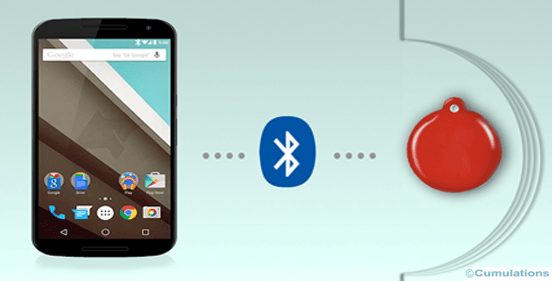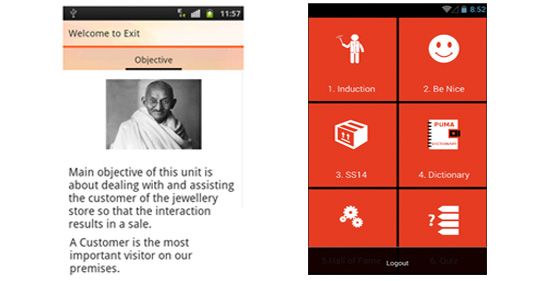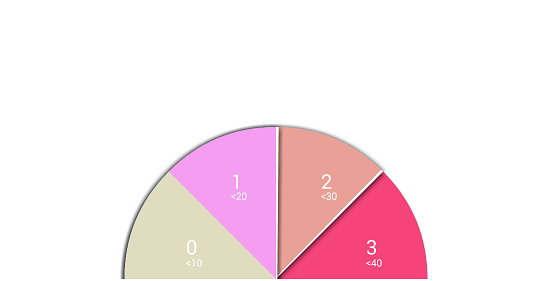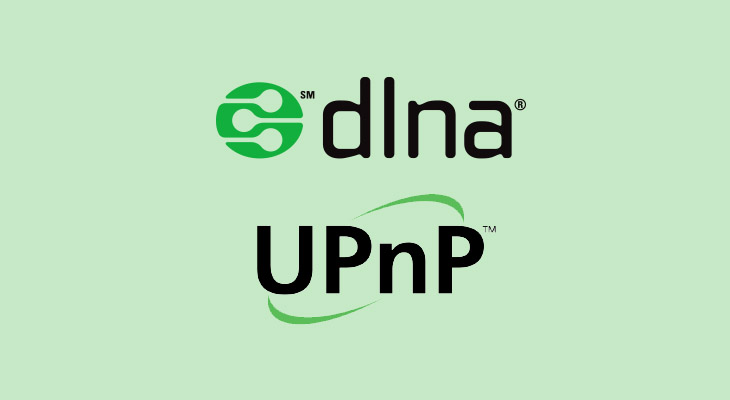
In a connected world, we are in, it is highly common to see two devices in a network exchanging information. For example, one could be streaming a video from a laptop onto a TV or could be streaming music from phone to a wireless speaker. In order to make this experience of one device sharing the content to another smoother, it is important that the devices are compatible to one another.
DLNA is an alliance of big shot companies, born almost a decade ago to make sure that devices are compatible to one another, irrespective of its manufacturers. In fact, most of the devices we seem to take for granted when it comes to sharing information are all DLNA certified devices. If there are two devices which are DLNA certified in a network, they will be able to discover each other, connect each other and can even operate one another in spite of the fact that they are manufactured by different companies.
Currently, there are more than 4 billion devices which are DLNA certified. DLNA provides guidelines on how to make devices interoperable and also performs a lot of tests before certifying them for compatibility. Device manufacturer needs to register himself for these tests if he wants to get his device DLNA certified.
Here is a video of DLNA introduction.
Technically DLNA is based on UPnP, which is a set of network protocols for discovering the devices, finding the content and playing them. UPnP stands for Universal Plug and Play. UPnP allows the devices to get connected to a network, advertise (wrong choice of word technically!) their services and control devices. A DLNA device could play multiple roles like Digital Media Player (where it can locate and browse through content and also play the content) or can act just as digital media renderer (where it just plays the content provided to it).
As a general user, do you want to explore all this working in real?
Let’s try to play a song present in a laptop to our mobile phones, below are the simple steps to achieve the same.
Step 1: Install BubbleUpnP app from the playstore.
This mobile application allows to find and communicate with the DLNA devices.
Step 2: Install Twonky server (for Windows) or Rygel (for Linux) on your machine
This server makes you’re a laptop DLNA device (Digital Media Server).
Step 4: As shown in the screenshot, click on ‘Local Media Server’ and you should be able to see your laptop visible. You can browse songs of laptop now even play the song on a phone.
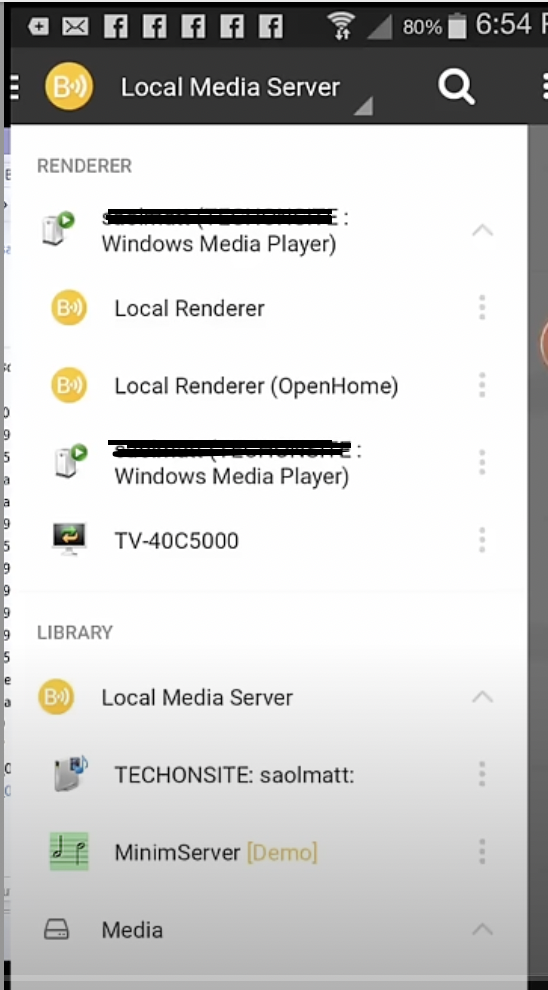
At Cumulations, we are enthusiastic about working on applications in the field of IoT in which the DLNA and UPnP play an important role for network devices. We help clients build their products on Mobile and Web platforms and provide services using Flutter, React, Node, and Python. We also have in house Design Team to provide good UI/UX required for the software products.
NOTE: Make sure to stop the server you installed on your laptop or configure it properly so that others in the network will not access media content from your laptop


 +91-984-5825982 | +91-996-4689921
+91-984-5825982 | +91-996-4689921 sales@cumulations.com
sales@cumulations.com Send your requirement
Send your requirement 
